Search for the past: Stories from the dusty archives of the Deccan
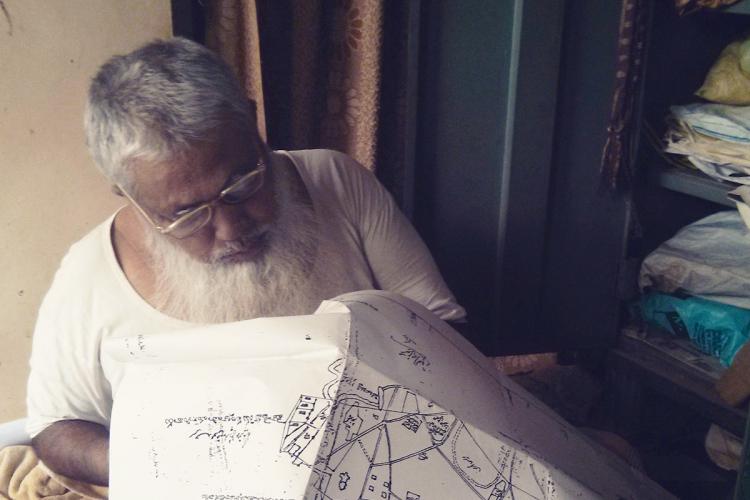
As I sifted through some administrative reports of the Asaf Jahi state at the Telangana State Archives in Hyderabad, the archivist/official, a very patient man, sat there trying to match the details written on a small piece of white paper with the endless lists from a large book. On a regular day, one sees many seekers at this archive desperately trying to find strands of the past, which hold the power to change the contemporary for them. Some people like me with scholarly interests are keen to piece the puzzle of history, but for many others the archive is the last resort to lay their material claim on the present. I present the contestations between contemporary land regimes, erstwhile sovereignties and territorial boundaries through one of the several stories I had observed during my work at the archive.
The archivist was presumably looking for some specific record. His phone rang. “I have not yet found it, I have the details. I will call you next week if I find something,” he said to the caller. Just then a mother-daughter duo entered the section looking for traces of the land that was given to their ancestor. The old man had received this land in the 1930s, and he was dead now.
“Do you have any other details?” the archivist asked.
“We know the survey numbers. The land was leased out to a large company. The company also does not have any papers.”
“If it was leased, they must have paid rent. The receipt might also have the details,” the archivist said.
“No, we don’t have any receipts, the company is shut now,” the older lady said.
“Please write your details on this paper, I will look for them,” the archivist said. It then became clear what all those white sheets of paper which kept the official busy were.
“We went to the Chennai Egmore archives, the Tamil Nadu State Archives; they said they don’t have it. They asked us to check here,” the daughter said.
“No, those documents are not in Chennai. We might have them,” said the archivist.
The documents of the Deccan have moved between changing state borders several times in the past. This movement was perhaps set in motion with the annexation of Hyderabad state into the Indian Union on September 17, 1948. Several documents were moved between Delhi and Hyderabad, based on what was perceived to belong to the ‘national’ and what to the ‘local’. The next set of movements happened after the formation of the linguistic states. Along with areas of Madras Presidency which were merged with Hyderabad in 1956 to form Andhra Pradesh state came the records associated with them. With the reordering of Hyderabad-Karnataka region and the Marathwada region to form the states of Mysore (now Karnataka) and Bombay (now Maharashtra), the archive of the Deccan was split between these three states. The most recent movement of records was after the bifurcation of Andhra Pradesh state to form Telangana in 2014. The archive of the erstwhile Andhra Pradesh state was divided between the two states. However, nobody is clear about which documents belong where.
“How much time will it take? We will wait,” asked the seekers, little aware that time in the archive has a different logic than the time they are familiar with. They didn’t know that these documents have the magical capability of stalling time; sometimes the search for a document can be elusive, most often what is found is by chance. The archivist who had every intention of helping seemed to get a little uncomfortable with their naivety. “It will take some time,” he said, being non-committal. The mother and daughter said they would wait and went out for some time.
Out of curiosity I enquired what all this was about. The archivist then gave me his reading of the labyrinth of land regimes in the south and the Deccan. “The land records that the women are looking for might possibly be in the Fort St George archives which were transferred to Hyderabad in 1956.”
Knowing my interest in Hyderabad, the archivist explained further. “The Nizam state had a multilevel structure where land was parceled off to the different Jagirdars who further leased to others. Each level collected tax from the level below them. The lands whose documents people come looking for were the lands they received from the Jagirdars and paid rent for. Some of them were given ownership rights after the fall of the princely states.”
“Hyderabad city is even more complicated, there are Paigah lands, Asaf Jahi lands, and some lands were Inam lands, some were patta lands,” he added.
I asked him what he was expecting to find in the records. He then opened the district record which had a map of the district, names of all the villages in the district, names of the Jagirdars and the land held by them, and another record from Madras Presidency which listed all the lands with survey numbers and the names of the people who they were given to. “As they said that the land transfer happened in 1930, I will open the record for the year and look through all the entries for the survey numbers,” he said, pointing to a huge book with thousands of pages.
“So what if they don’t find the details here, what happens then?” I asked him.
“There will definitely be some record somewhere,” he said with great confidence in the documentary practices of the erstwhile regimes.
This brief anecdote helps us think about documents, land and belonging. Land has many axes of belonging; individuals/families/
Another kind of belonging that the archive allows us to talk about is the belonging of the documents. The question of where, on which side of the border the documents belong is the question of new state sovereignties laying claim on the past. By holding documents, the states force individuals like me and the mother daughter duo to engage with them, acknowledge the new borders and fashion new belongings. The transfer of documents between Hyderabad state and Delhi after September 17, 1948 was also dissolving the sovereignty of Hyderabad into the Indian Union.
In this search for the details of the land, the mother daughter duo and the archivist had to negotiate with not just the different documentation practices but also the contentions on claims of ownership of historical documents between the linguistic state and the post-linguistic state. Thus, in the process of attempting to access the Deccan archive, a committed seeker might start belonging to the Deccan.
This article was first published in The Newsminute as a part of the Deccan series.
Related Articles
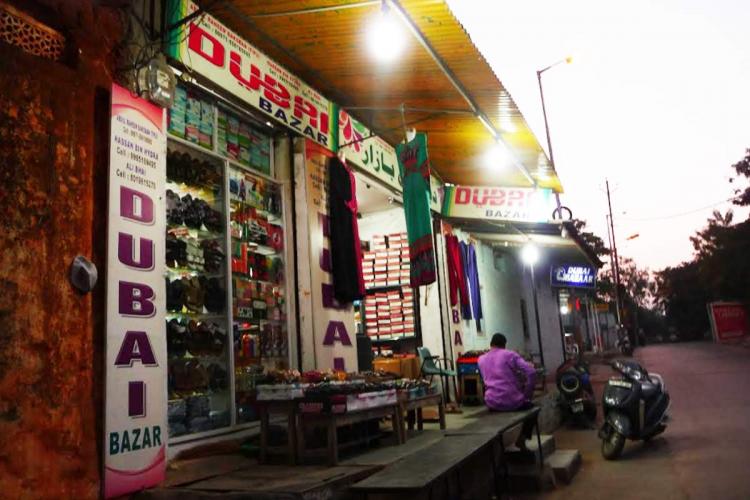
Hyderabad’s distinct Chaush community has roots in Yemen
At a time when Muslims in India are constantly asked to display their nationalism and explain their choices of food, love and profession, it is important to remember that identity is not a monolith. It is historically constructed and multidimensional. Neither can it...
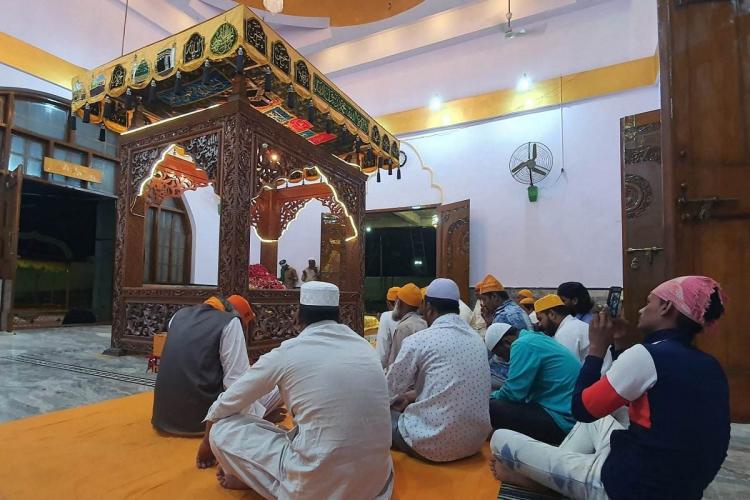
How the Dakhni language defines cultural intimacy and regional belonging
In mid-2019, I embarked on a month-long language homestay program in Jaipur to train myself in spoken and written Hindi. After which, I confidently journeyed to Hyderabad to commence my fieldwork for my PhD dissertation in anthropology. To my dismay, I found it...
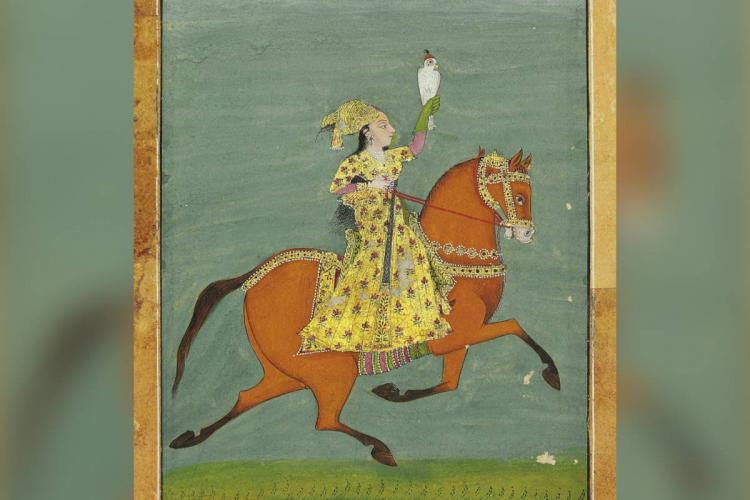
Chand Bibi, a queen from the multi-ethnic medieval Deccan
Where in the historical record and in historical consciousness does Chand Bibi (1550-1600) – the queen regent of Bijapur and Ahmadnagar – belong? Chand Bibi Sultan is well-known in India for valiantly defending her natal kingdom of Ahmadnagar in 1595, from the most...
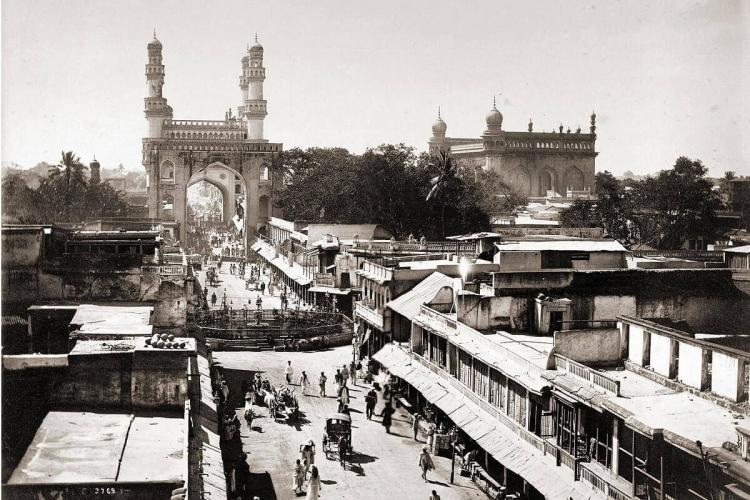
Becoming a Deccani artist: Tracing the history of Hyderabad’s School of Art and Crafts
In the 1930s and 40s, debates on education across India focused on designing job and industry-oriented technical and vocational training. Against this backdrop, Hyderabad nurtured a second focus — that of preserving and promoting its artistic heritage from ancient...

What the Hyderabad-Deccan region teaches us about belonging
During fieldwork for my PhD on Hyderabad-Karnataka in the year 2017, I was interviewing women migrants from the region living in Bengaluru and working as construction labour, about their experience of migration. The region is one of the most neglected parts of...
